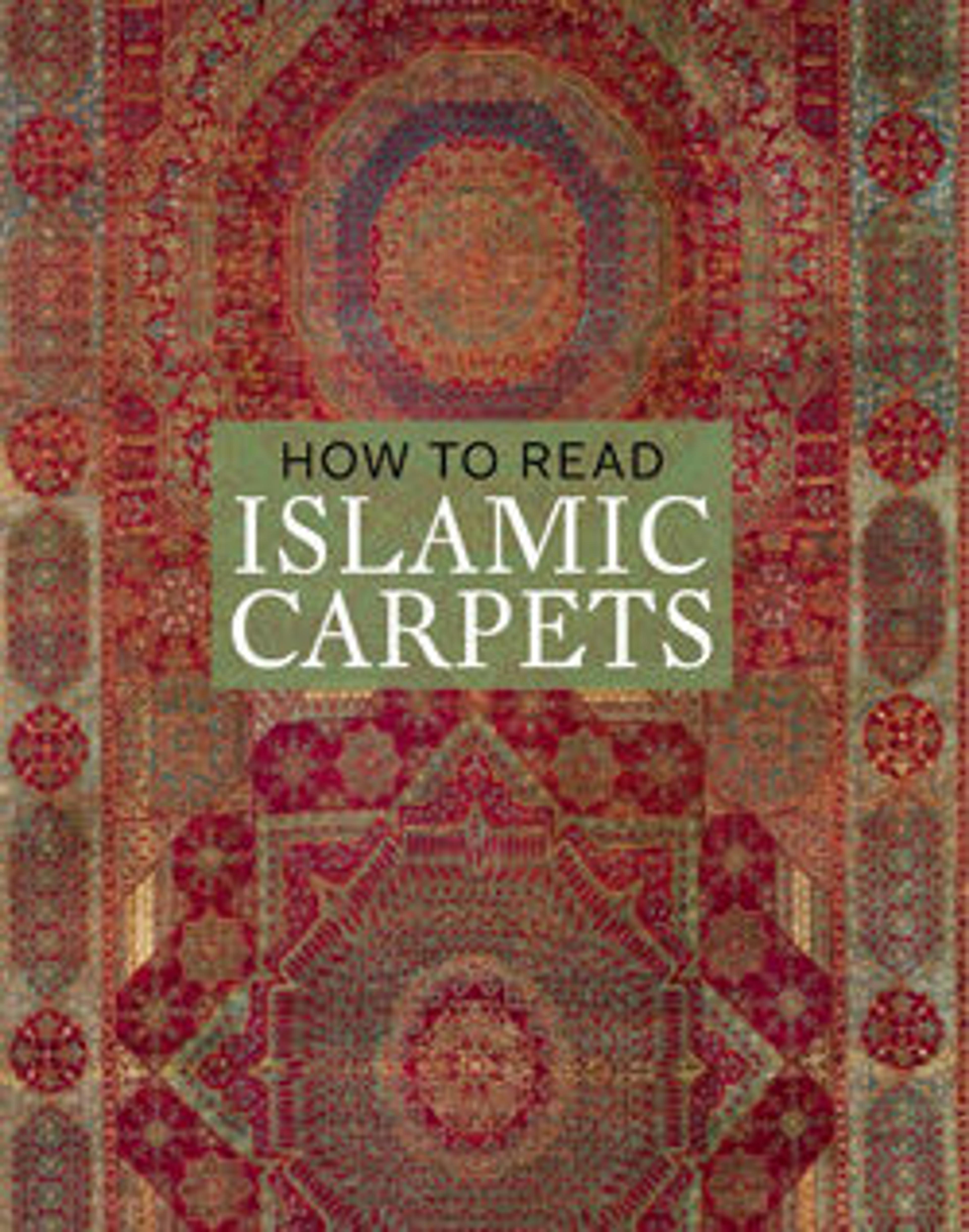Carpet with Palm Trees, Ibexes, and Birds
Artwork Details
- Title: Carpet with Palm Trees, Ibexes, and Birds
- Date: late 16th–early 17th century
- Geography: Probably made in present-day Pakistan, Lahore
- Medium: Cotton (warp and weft), wool (pile); asymmetrically knotted pile
- Dimensions: Rug: L. 328 in. (833.1 cm)
W. 108 in. (274.3 cm)
Wt. 132 lbs. (59.9 kg)
Storage Tube: L. 132 in. (335.3 cm)
Diam. 9 in. (22.9 cm) - Classification: Textiles-Rugs
- Credit Line: Gift of J. Pierpont Morgan, 1917
- Object Number: 17.190.858
- Curatorial Department: Islamic Art
Audio
6668. Overview: Mughal Carpets, Part 1
NARRATOR: On this platform we’ll have rotating examples of Mughal Carpets. You’ll always see one of two basic types: figurative, with humans and animals in fields of vegetation, or a purely floral style. Both styles are extremely dynamic, capturing a sense of movement. Our Islamic carpet expert, Walter Denny, joins us here, along with curator Navina Haidar.
WALTER DENNY: Mughal carpets are very brilliant in their color. Their reds tend to be very bright and almost fire engine red… not a dark purply red. And all the colors tend to be… reflective of the Mughal love of… bright sunlight and bright illumination on everything. It's very interesting that the first Mughal invader of India, Babur, was completely taken with the enormous variety of strange animals, plants, flowers, and trees that he saw. …So it's no surprise, then, that we would see certain types of flowers - certain kinds of irises, for example, and certain kinds of roses that are cultivated mainly in India and not elsewhere in the Islamic world - that appear sometimes with rather astonishing realism in the decorations of Mughal carpets.
NAVINA HAIDAR: Carpets have so often been seen as related to …the importance of gardens in the Islamic world to the idea of paradise… for the Islamic imagination. Do you feel that these interpretations apply to…Mughal carpets?
WALTER DENNY: There is certainly always room to interpret these carpets in a mystical Islamic sense, especially in the context of the Sufism - the Islamic mysticism - which we know… has always flourished in India. Nevertheless, I think in general one looks at Mughal carpets simply for their beautiful decorative qualities. And I think it's a mistake to try to seek too much in the way of symbolism, and then assume that it was in the mind of the designer.
NARRATOR: To hear about carpet making traditions in India, press PLAY.
Listen to more about this artwork
More Artwork
Research Resources
The Met provides unparalleled resources for research and welcomes an international community of students and scholars. The Met's Open Access API is where creators and researchers can connect to the The Met collection. Open Access data and public domain images are available for unrestricted commercial and noncommercial use without permission or fee.
To request images under copyright and other restrictions, please use this Image Request form.
Feedback
We continue to research and examine historical and cultural context for objects in The Met collection. If you have comments or questions about this object record, please contact us using the form below. The Museum looks forward to receiving your comments.
